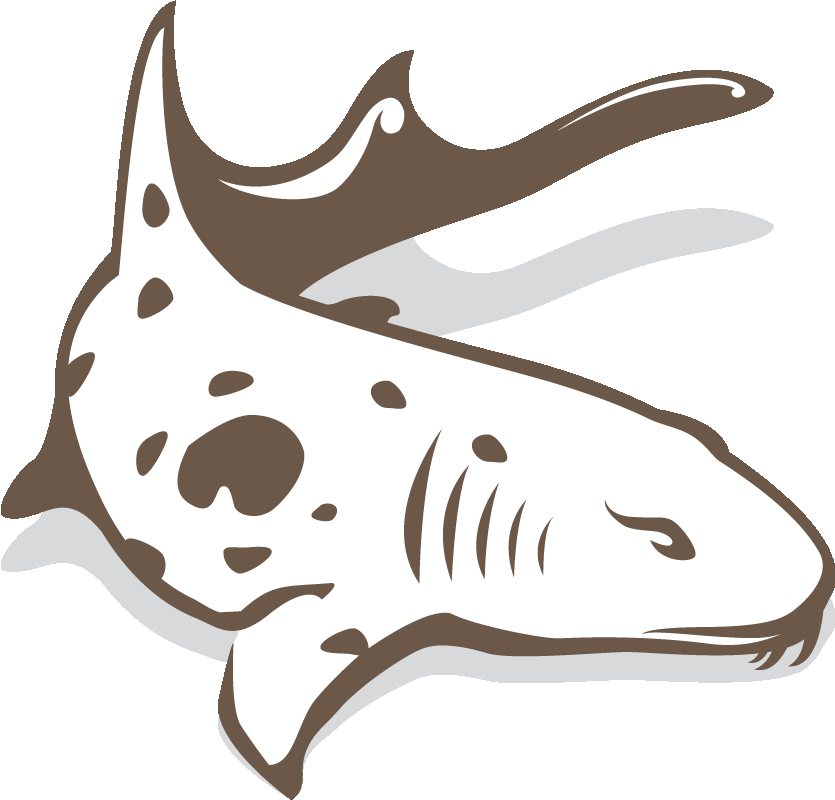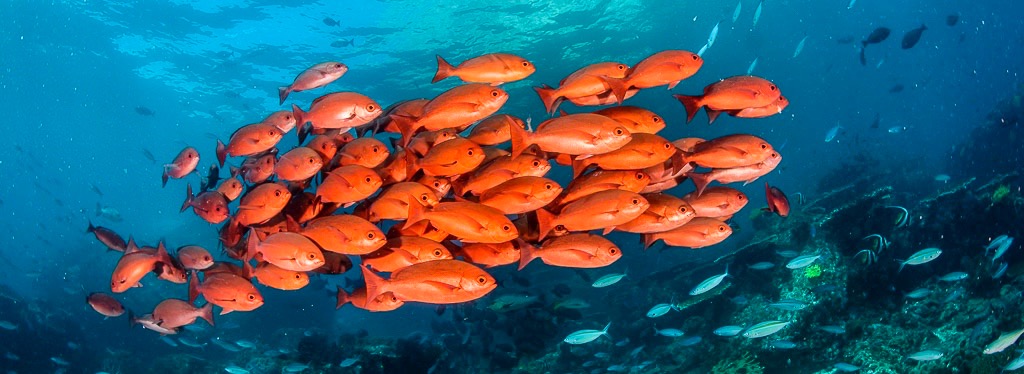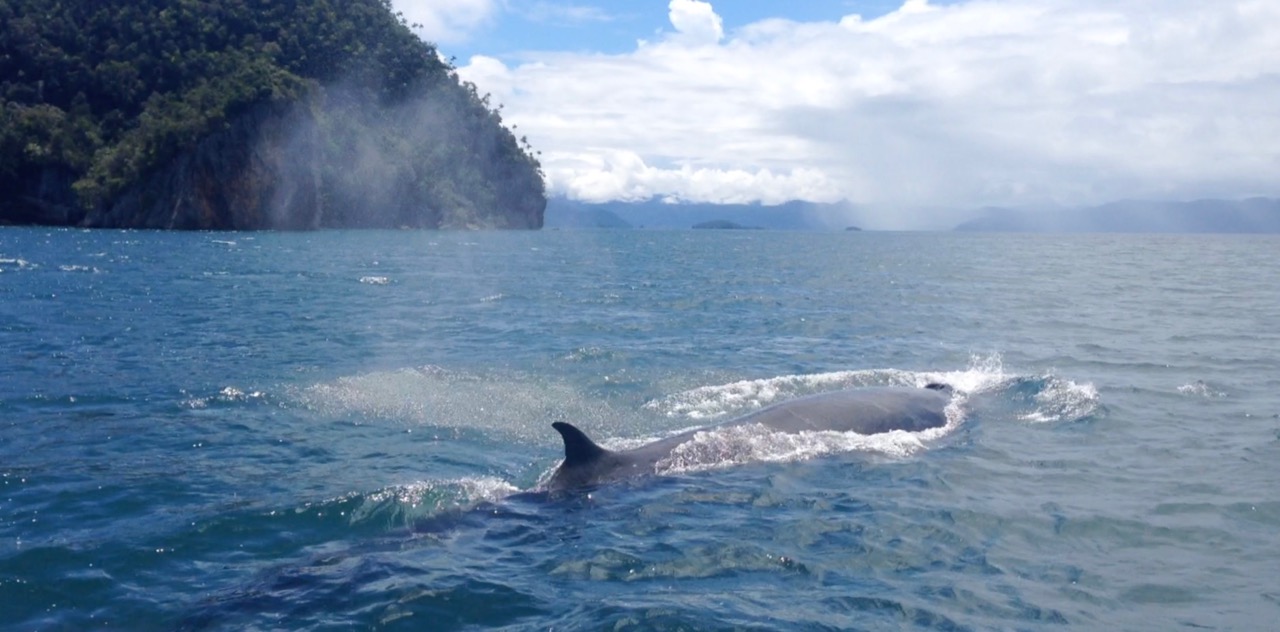From Above
If you come to Triton Bay, it won’t take long before you realize the area has some spectacular topography. Visitors have remarked that some places remind them a little of Palau, and a little of Wayag in Raja Ampat. Two of our first guests this season, Markus Roth and Karsten Heinrich, brought along drones and provided us with some stunning aerial photographs. What a way to kick off the season!
From top left: islands in Triton Bay that are probably best experienced from a kayak; the resort built just off the beach and surrounded by the tropical rainforest of Aiduma; Little Komodo with its rich and diverse reef hidden below; a Bryde’s Whale – they have been a common sighting for us in the summer of 2016; Our little bay with the sunset in the distance and the resort barely visable. Thanks for the photos Markus & Karsten!

 Triton Bay Divers has recently been featured twice in the Swiss Diving magazine Nereus! For those who read German, please check out the article by Andrea Rothlisberger in the June issue, and by Thomas Haider in the August issue (part 1). Additional photos from Thomas can be found on their website at this link. Photo above by Thomas Haider.
Triton Bay Divers has recently been featured twice in the Swiss Diving magazine Nereus! For those who read German, please check out the article by Andrea Rothlisberger in the June issue, and by Thomas Haider in the August issue (part 1). Additional photos from Thomas can be found on their website at this link. Photo above by Thomas Haider.